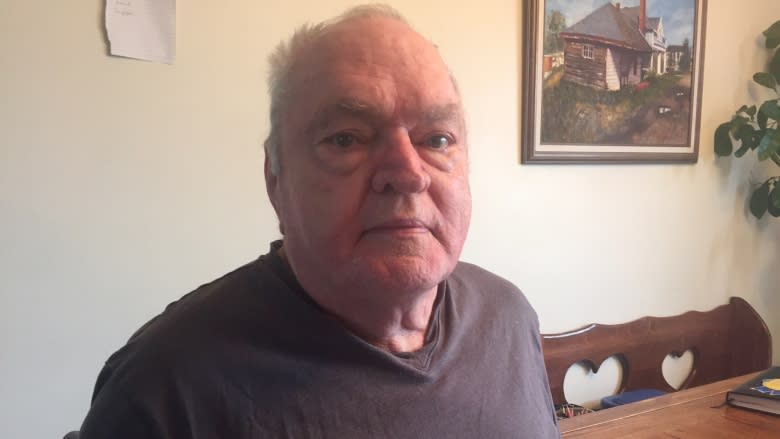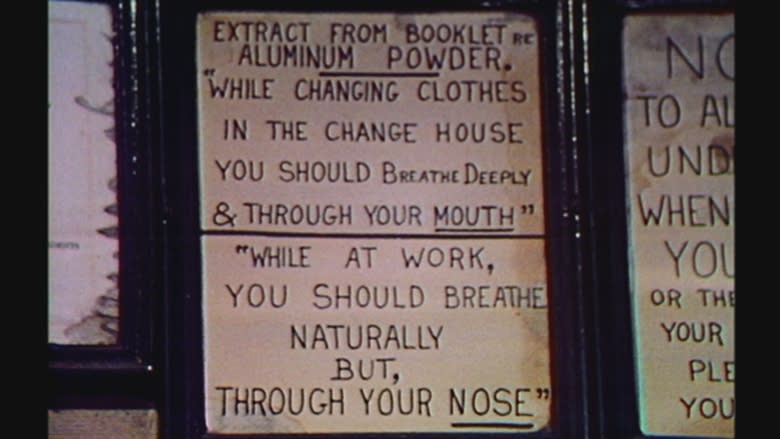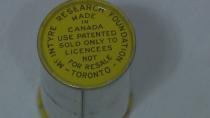'Miners are dying': WSIB to examine McIntyre Powder exposure in new study
Ken Kasunich was 18 when he first tasted McIntyre Powder in a northern Ontario gold mine.
He said he cannot forget what it was like to be forced to inhale the thick, black dust that was pumped into his change room before shifts.
"There was no getting out of it. We had to take the dust," Kasunich said.
"You could hardly see the person changing next to you."
Kasunich was one of tens of thousands of workers who were told to breathe in aluminum dust between the 1930s and 1970s in Canada to protect their lungs from silicosis.
Kasunich is now 72 and living with Parkinson's disease in Sudbury, Ont.
He attributes his illness to McIntyre Powder, as his family does not have a history of neurological disease.
WSIB to consider claims for McIntyre Powder-related neurological disease
Kasunich said he wants compensation to make up for the opportunities he is losing.
"I have grandchildren [who] I can't get down and play with," Kasunich said.
"I can see them and that, but I forget they were here."
Kasunich may be able to seek compensation now that Ontario's Workplace Safety and Insurance Board (WSIB) has scrapped a policy that used to prevent workers who were exposed to McIntyre Powder from seeking claims for neurological disease.
Interim decisions will be based on existing scientific evidence about the effects of McIntyre Powder, according to WSIB.
The board did not find a link between exposure and the development of adverse health conditions in 2016 when it commissioned Intrinsik to independently research existing science with respect to aluminum powder.
But questions remain about the health of those who encountered the substance.
'Close the question on this subject once and for all'
The WSIB announced on Thursday that it will conduct a new independent study to analyze the possible linkage between McIntyre Powder and neurological disease.
The board has commissioned employees from the Occupational Cancer Research Centre to study historical records, including digital master mining files of more than 90,000 Ontario employees, to examine whether there is an increased risk of brain damage.
"We believe and hope that it will actually close the question on this subject once and for all," said Scott Bujeya, vice president of health services for WSIB.
"Had I wished we'd been able to have done this 10, 15, 20 years ago? Absolutely. But it's something more recently that we've been able to look into, and it's really made possible by the digitizing of these records."
Janice Martell is already documenting evidence to prove the connection through the McIntyre Powder Project. She quit her day job to work full time on a database after learning her late father, Jim Hobbs, had to take in the dust when he worked as a miner in Elliot Lake, Ont., in the 1970s.
"My concern is that my miners are dying," Martell said.
"I went public with this in 2015, and I've had 27 of them die during that time period — my dad included. It's hard to see them die without answers."
Martell's father died after a battle with Parkinson's disease last May. Like Kasunich, Martell said her dad had no family history of neurological disease.
Study results expected in late 2019
Martell is calling for a massive overhaul of how occupational health is dealt with in Canada.
"The government went along with it [McIntyre Powder] because they need industry and the economy," Martell said.
"I think we really need to change the way that we look at worker health and the value of that."
The WISB expects the results its study to be available in late 2019.
Currently, there are 53 pending registered claims with the WSIB related to McIntyre Powder exposure.
"They've already been exposed. The damage has been done," Martell said.
"All I can do now is help to get answers for them ... If any of the workers are out there, I want them to know that I'm fighting for them and I won't stop."










